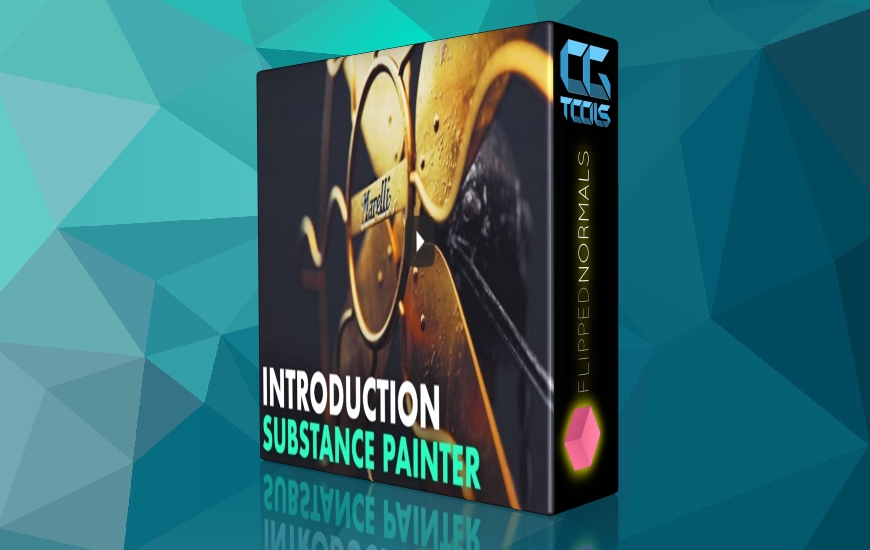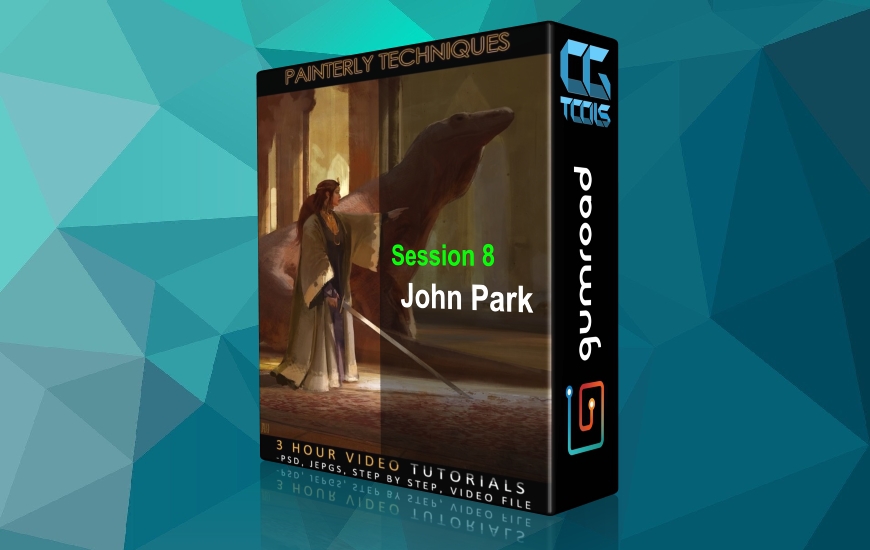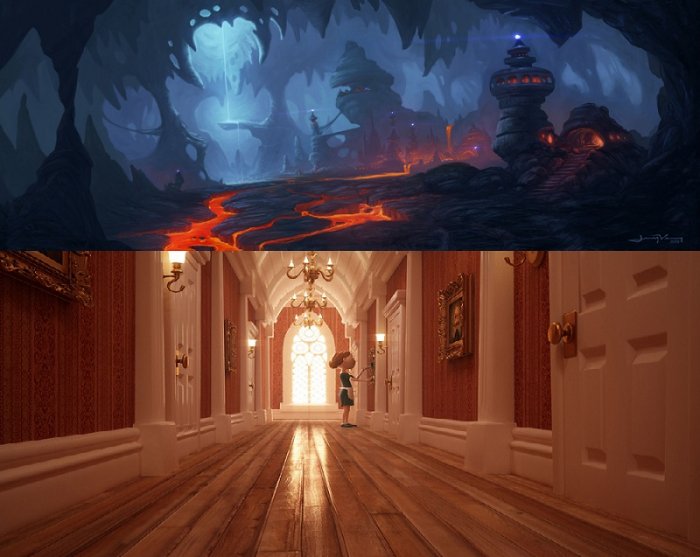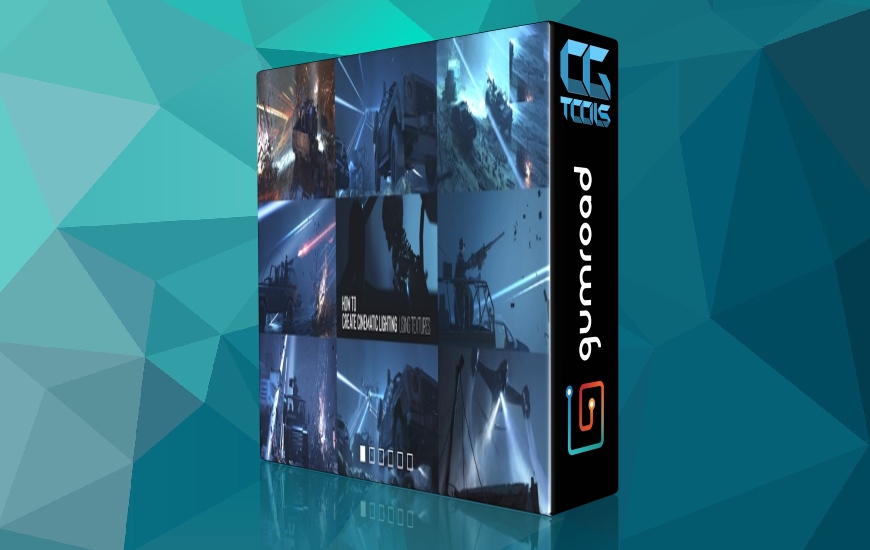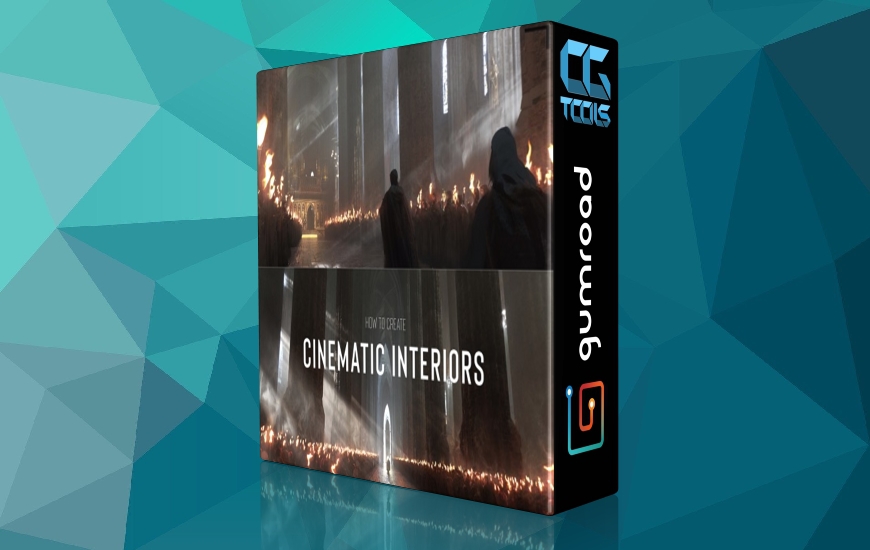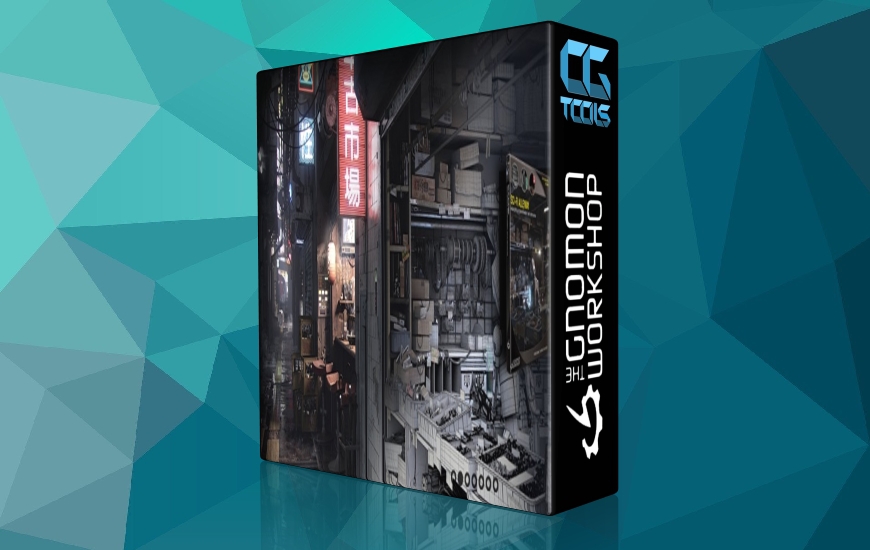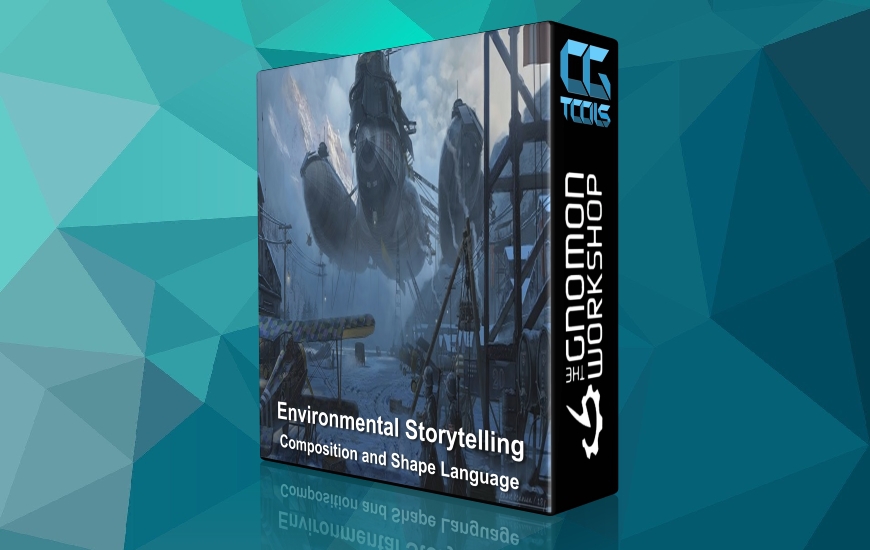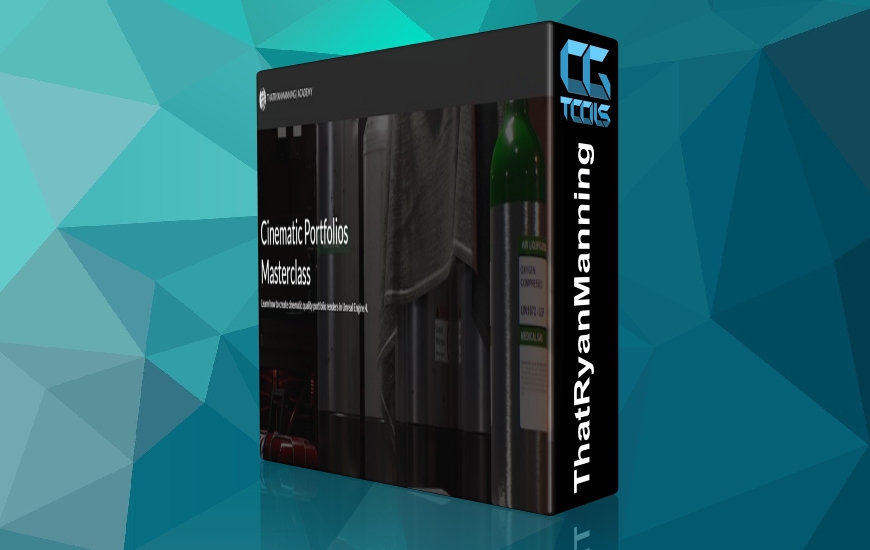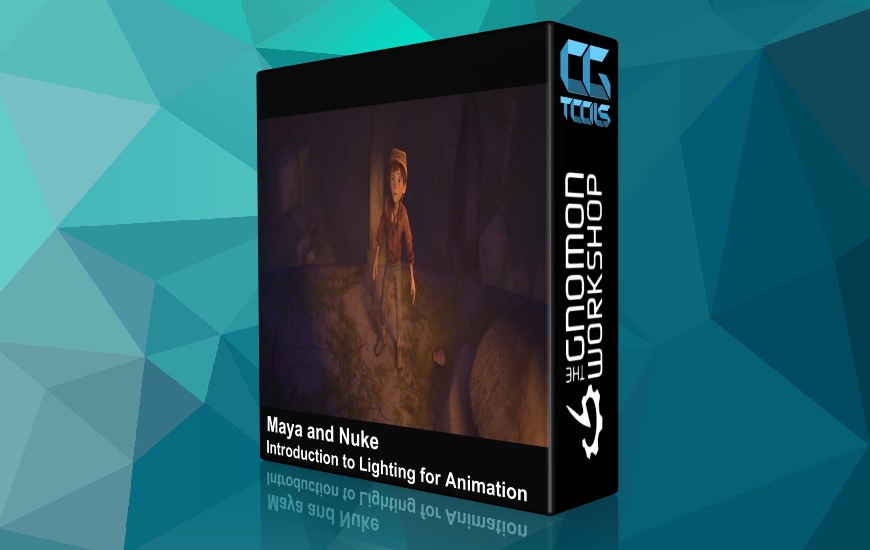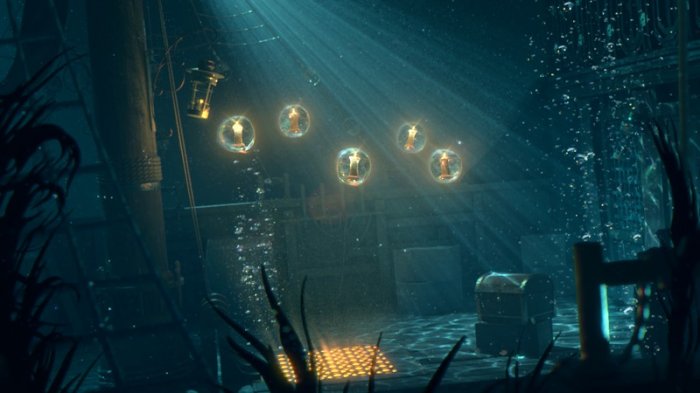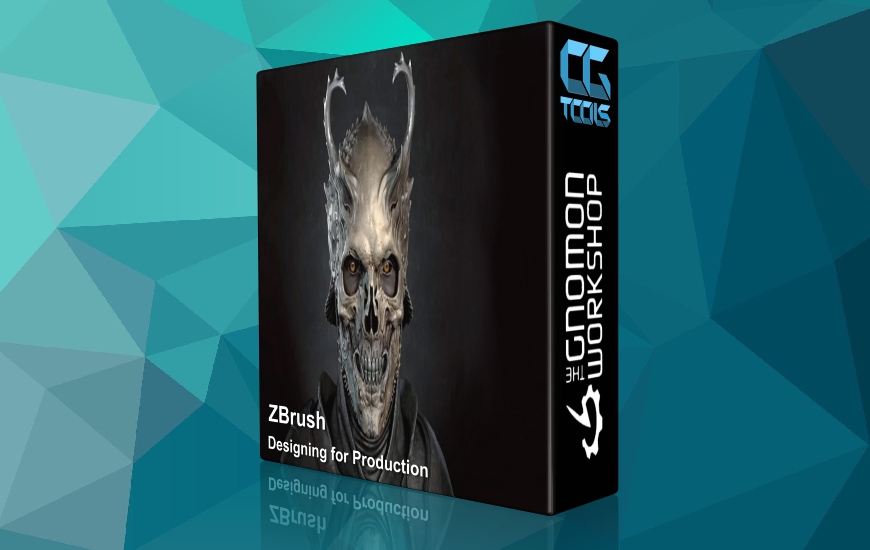![]()
The Gnomon Workshop - Efficient Cinematic Lighting 1-2
Size : 1.3 GB | Software used: Maya 2012,After Effect,V-Ray
نگاه های تیز بین، همیشه متحیر نور پردازی های حرفه ای و متناسب با داستان انیمیشن های هالیوودی است.چیزی که به هیچ عنوان در گرافیک کامپیوتری کشورمان جایگاهی ندارد .نور پردازی علمی است که از نقاشان قدیمی دوره رنسانس و بعد آن مانند رامبراند ، ون گوگ و دیگر اساتید هنر های تجسمی نسل به نسل منتقل و بر این دانش افزوده شده است.
نور پردازی در صنعت انیمیشن نیز وام دار علم دیروز و خلاقیت های نسل جدید است که مستلزم نگاه دقیق و علمی است .از قبیل تئوری رنگ ، انعکاس ها و انکسارها و ... می باشد.
اما متاسفانه این علم در بین هنرمندان گرامی کشورمان کمتر جدی گرفته می شود کما اینکه بسیاری از لحظات یک داستان را نور روایت می کند.
از این رو بر آن شدیم برای هنرمندان گرامی آموزش در زمینه نورپردازی سینمایی بگذاریم. باشد که شاهد آثار ارزنده تر و فاخر باشیم.
این آموزش را آقای jeremy vickery از نورپردازان برجسته استودیوی پیکسار تدریس می کند که حاصل قریب به 14 سال فعالیت او در حوزه ی انیمیشن است.
در فصل اول او به بررسی اصول پایه مانند استفاده از انواع رنگ ها، نور ها، بازتاب جذب و ... میپردازد.
در فصل دوم او به نورپردازی در انیمیشن میپردازد و تکنیک هایی سریع و کارآمد را جهت چگونگی سازماندهی نورپردازی و ترکیب آن ها در صحنه را آموزش میدهد.
این آموزش شامل بخش های زیر میباشد :
Volume 1 :
- Reflection, Absorption, and Refrection
- Color Temperature
- Atmospheric Dispersion
- Camera Based Composition
- Framing
- Gradients of Tone
- Implied Lighting
- V-Ray Lights
Volume 2 :
- Introduction
- Approach
- Tech Details
- Shading
- Sequence Vs Shot
- Compositing Thoughts
- Shot Lighting Part 1
- Shot Lighting Part 2
- Final Film
مشاهده توضیحاتــ انگلیسی
Volume 1 :
This lecture covers the principles of good composition with an emphasis on effective cinematic lighting. Jeremy begins by discussing the fundamental concepts behind how light operates in the physical world, providing an overview of topics like reflection, absorption, refraction, color temperature and atmospheric dispersion. He then moves into camera based composition, discussing topics like camera angles, distance, lenses and depth of field which all help to define the mood of a shot. The lecture then transitions into more of the artistic elements of lighting and composition as it relates to computer graphics. Techniques such as three-point lighting, framing, tonal gradients, implied lighting, atmosphere and various lighting setups are used to set mood and assist in the story telling process. These principles are then applied using Maya as the primary 3D tool. Jeremy discusses basic Maya lighting but quickly moves on to setting up various lighting conditions using V-Ray for Maya, to achieve beautiful global illumination effects while still paying close attention to the principles outlined in the early part of the lecture.
Volume 2 :
In this lecture, Jeremy Vickery continues on the foundation of his first lesson 'Efficient Cinematic Lighting'. Leaving the basics behind, Jeremy delves into lighting for animation. He shares his methods for lighting a one minute short film with two characters and 17 shots that culminates into a beautiful short film. The lectureandrsquo;s emphasis is on shot continuity, getting characters to read in the short moments they appear on screen, how to approach lighting entire sequences and not just still images, and how to keep render times down in consideration of the budget of an independent film. Jeremy also discusses his methods for being fast and efficient and how to organize the lighting and compositing of a sequence of shots.




